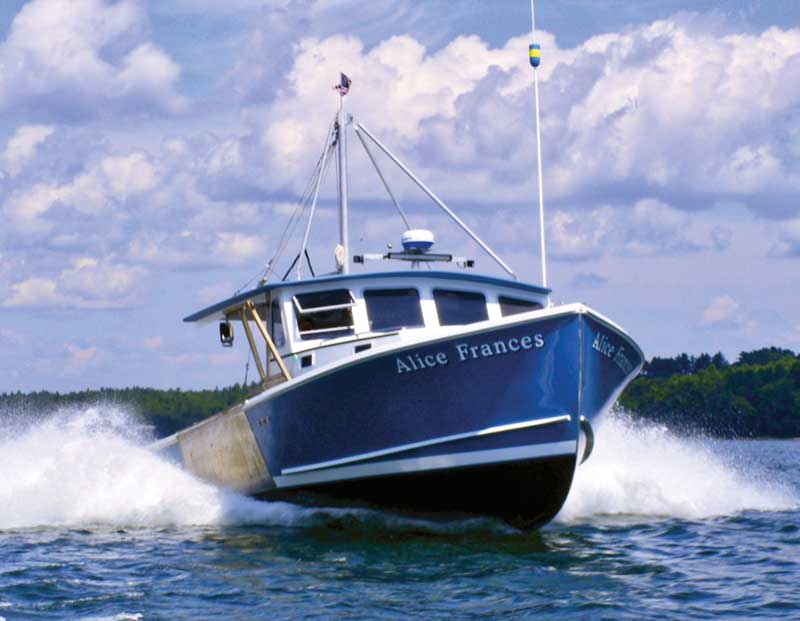
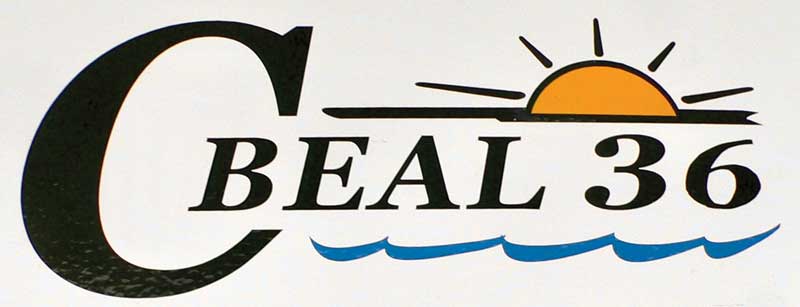
“I started out lobster fishing and I’ll die lobster fishing. It’s just one of those things.” Those were the words of Stewart Workman, the “SW” of SW Boatworks in Lamoine, Maine.
For sure, building boats has kept Workman and his crew busy for the last 25-plus years. SW, after all, owns the molds for both the Calvin Beal and Ernest Libby Jr.-designed Young Brothers model lines, and has custom finished everything from get-the-job-done workboats to high-end cruisers while doling out bare hulls to other shops.
But trace his roots back far enough, and you’ll find that lobster fishing is Workman’s true passion.
Born in Bar Harbor, Workman developed a fascination for all things lobstering early on.
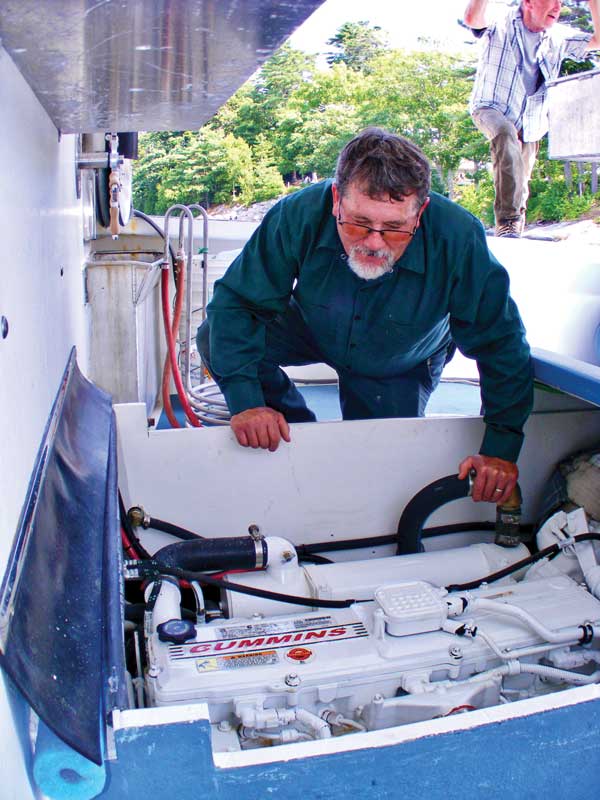
“When I was just a little kid,” he remembers, “I’d get up early, make a lunch, and head down to the wharf to wait for the fishermen. I’d ask each one as they arrived if I could go out to haul for the day. When one of them said yes, I’d let somebody know whose boat I’d be on and head down the bay to go lobstering.”
As he got older, Workman eventually started fishing traps of his own, moving from an outboard into an old 34-footer after he graduated from high school in 1982.
Between then and opening SW Boatworks in 1999, Workman did a number of things—all of them infused with salt water. He worked for a while for the Young Brothers when they were cranking out new boats from their shop in Corea, Maine. There was a stint in the Coast Guard that took him out to the West Coast for a bit. There were some boat restoration projects (including converting the old sardine carrier, the Lou Ann, into a windjammer) while working to get his captain’s license. And he ran his own sightseeing and fishing charter business for a couple of years, which is where he met his wife, Alice.
(“It was the captain’s outfit, wasn’t it?” I asked Alice, who laughed.)
There were some new boats to build, as well: Workman and his buddy Mike Gilley finished three in their “spare time” before Workman went full-time with SW Boatworks. He had a crew of one at that point—Alice’s 19-year-old son, Will Duffy—but there was plenty of work if they wanted it.
Workman hit the ground running, building up his business by custom finishing hulls from different builders.
And then came 2008. The economy was soft, lobster prices were down, and it seemed that the last thing anybody was thinking about was having a new boat built.
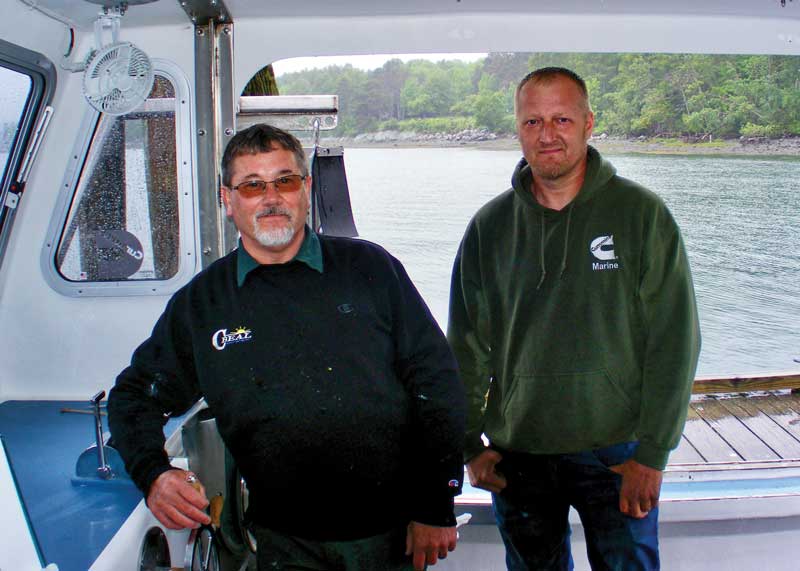
That was when Workman decided to buy designer and builder Calvin Beal Jr.’s hull molds. And shortly after that, he also purchased the Ernest Libby Jr.-designed Young Brothers molds.
“How did you dare to do that?” I asked Workman.
“Alice and I talked about it for a while...it wasn’t a quick decision,” he said. “Yes, the economy had gone to hell in a handbasket and boatbuilding had gone with it. But we believed it was going to come back, and when it did, we figured SW should have its own line of boats to sell.”
“Yeah, but…” I hesitated. “Weren’t you scared?”
Workman gave me a tight-lipped smile and nodded. “Yep...scared shitless.”
Whether you consider him a clever businessman or a bold gambler, Workman called it right. Once the economy began to bounce back, SW Boatworks was busy with orders for custom-finished versions of its newly acquired models, as well as a steady stream of hulls and molded tops for other shops to complete.
In the meantime, Workman kept his lobster license current, although he simply didn’t have the time to get out on the water for several years. By 2019, however, he was able to ease back into lobstering, tending a string of traps nights and weekends out of an older 26-footer for a few seasons.
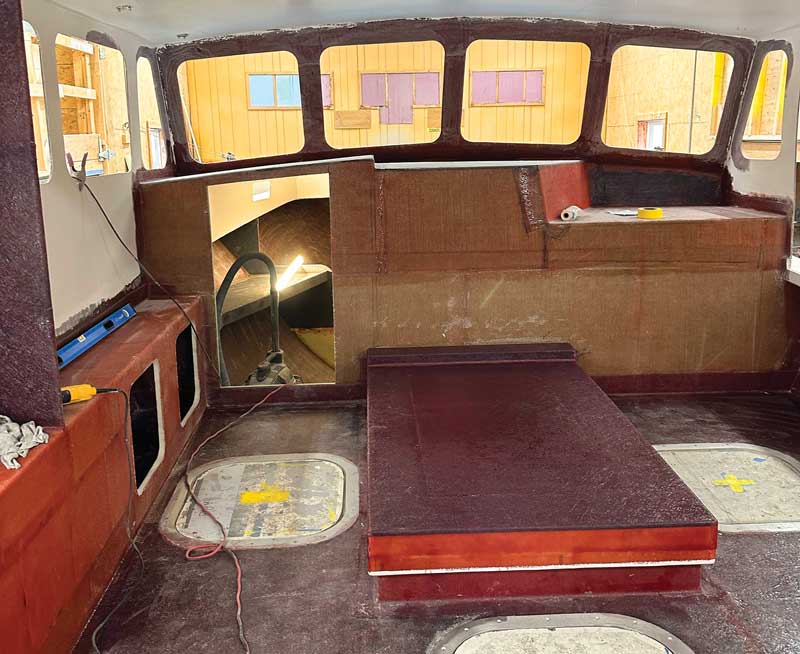
Workman remembers having an epiphany while taking up gear in the fall with sternman Gleason Smith—himself an MVP on the SW Boatworks crew. “We had a load of traps on that little 26—she was maybe 8 feet, 6 inches wide at most—and it was starting to breeze up. A trap got hung down and all of a sudden, the boat rolled down and laid on her side. The ‘pucker factor’ kicked in, let me tell you.
“I turned to Gleason and said, ‘You know what? We build beautiful, big, wide boats every day. Maybe it’s time we built one for ourselves.’ That was it: we finished taking up the rest of the lobster gear and I sold the 26-footer.”
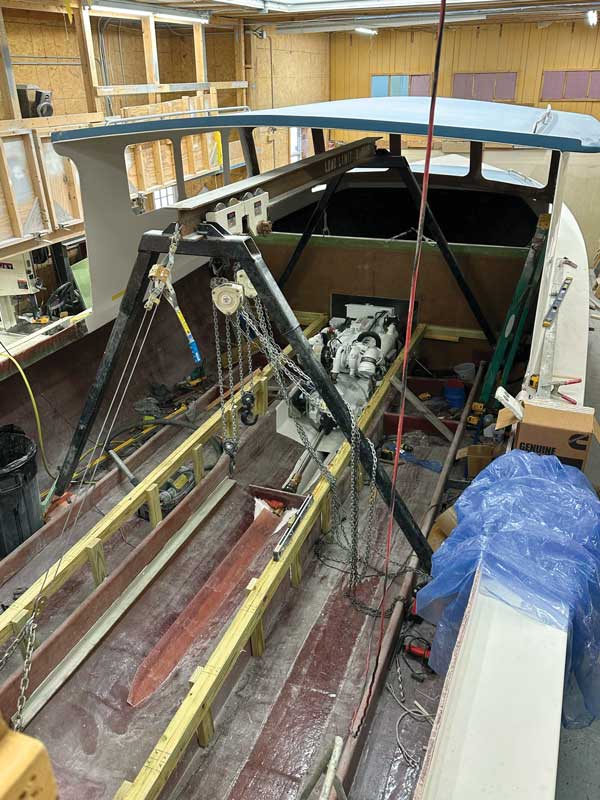
Workman’s next boat was definitely a step up: a Calvin 34 finished by the designer’s son, Calvin S. Beal, who also splits his time between lobstering and boatbuilding.
“That 34-footer was a great boat—I loved it,” Workman said. “But it really just filled the gap until I had time to build my own boat from scratch.”
An older couple looking for a smaller “lobsteryacht” contacted Workman in 2023; after taking a ride on his 34 and discussing what it would take to add a few cruiser-style amenities, a deal was struck.
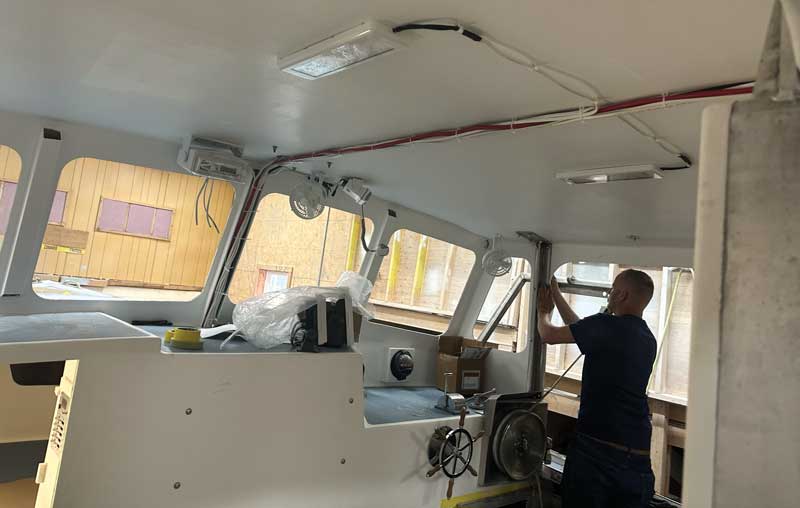
The time had come for Workman to build just what he wanted for himself—and he had a good-sized stable of models to choose from.
His pick of the litter was a Calvin Beal 36 that would be named the Alice Frances. At 36 feet, with a beam of 13 feet, 9 inches (tapering back only slightly to a 13-foot transom), it’s big enough to handle whatever weather Workman and Smith would want to fish in and still nimble enough for tending gear up in shallower water.
“The Calvin Beal models are beamier than the Young Brothers hulls,” Workman said. “Back then, Ernest Libby was designing mostly on the 3-to-1 length-to-width ratio for the Youngs—and they’re good-looking models that sail nicely. I opted to go with the wider Calvin, and the 36 is plenty of boat without being too much.”
That same big-enough-to-do-the-job-without-going-overboard school of thought was applied to the 36-footer’s engine. “I wanted a workboat, not a speedboat,” Workman said. “Same for my engine.”
Workman had one ground rule on a power choice: it was going to be something Billings Diesel & Marine in Stonington sold and serviced. “We’ve done a lot of work with them over the years.”
Narrowing it down to a Billings-supplied engine still gave him several options as far as brands; in the end, Workman went with a slow-turning QSL9 Cummins (rated for 450 hp
at 2,100 rpm) matched to a 2:1 Twin Disc 5075A gear. “I’ve been watching these engines over the years—how they perform at cruise speeds compared to higher horsepower models; the kind of economy people get; the hours they put on them...it just made sense to me to go with the QSL9.”
The hull and molded house and deck for the 36-footer were all standard construction. “I was aware that I’d probably end up using it as a demo boat at times, but I wasn’t going to lighten anything up for the sake of speed,” Workman noted. “As I said, she’s a true workboat.”
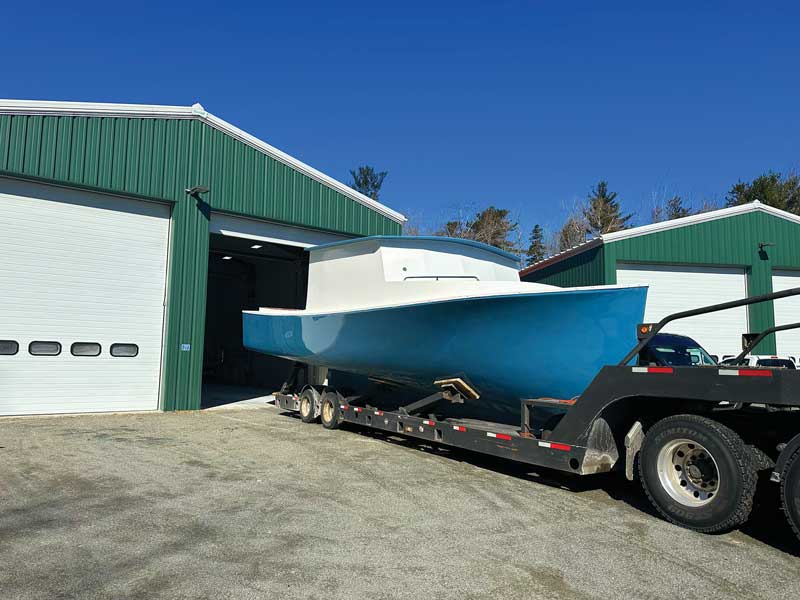
R.E. Thomas Marine Hardware built the 2-inch driveline for the new boat, channeling the Cummins’ power aft to a 28-inch by 34-inch, four-blade propeller from Nautilus Marine. Smith, whose talents include welding, handled much of the 36-footer’s metal fabrication work. Other suppliers for the project included Hamilton Marine, Marine Hydraulics Engineering, and Wynne Windows. “The companies I went with were all people I’ve dealt with for years,” Workman said. “I know their stuff and appreciate how they do business.”
During a ride on the Alice Frances, I had the chance to record some performance numbers for the CB36/QSL9 combo: my notes show an easy cruise of 15 knots at 1,600 rpm, with a fuel burn of 10.5 gallons an hour; 1,800 rpm gave us 18 knots with a 13.7 gallon-an-hour fuel burn; and right in the bucket at 2,180 rpm, we were running 24.3 knots while burning 23.2 gallons an hour.
“I couldn’t be happier,” Workman said. “It’s the ideal inshore lobsterboat, as far as I’m concerned.”
That kid checking out the waterfront early mornings years ago would no doubt agree.
✮
Brian Robbins is senior contributing editor for Commercial Fisheries News.






